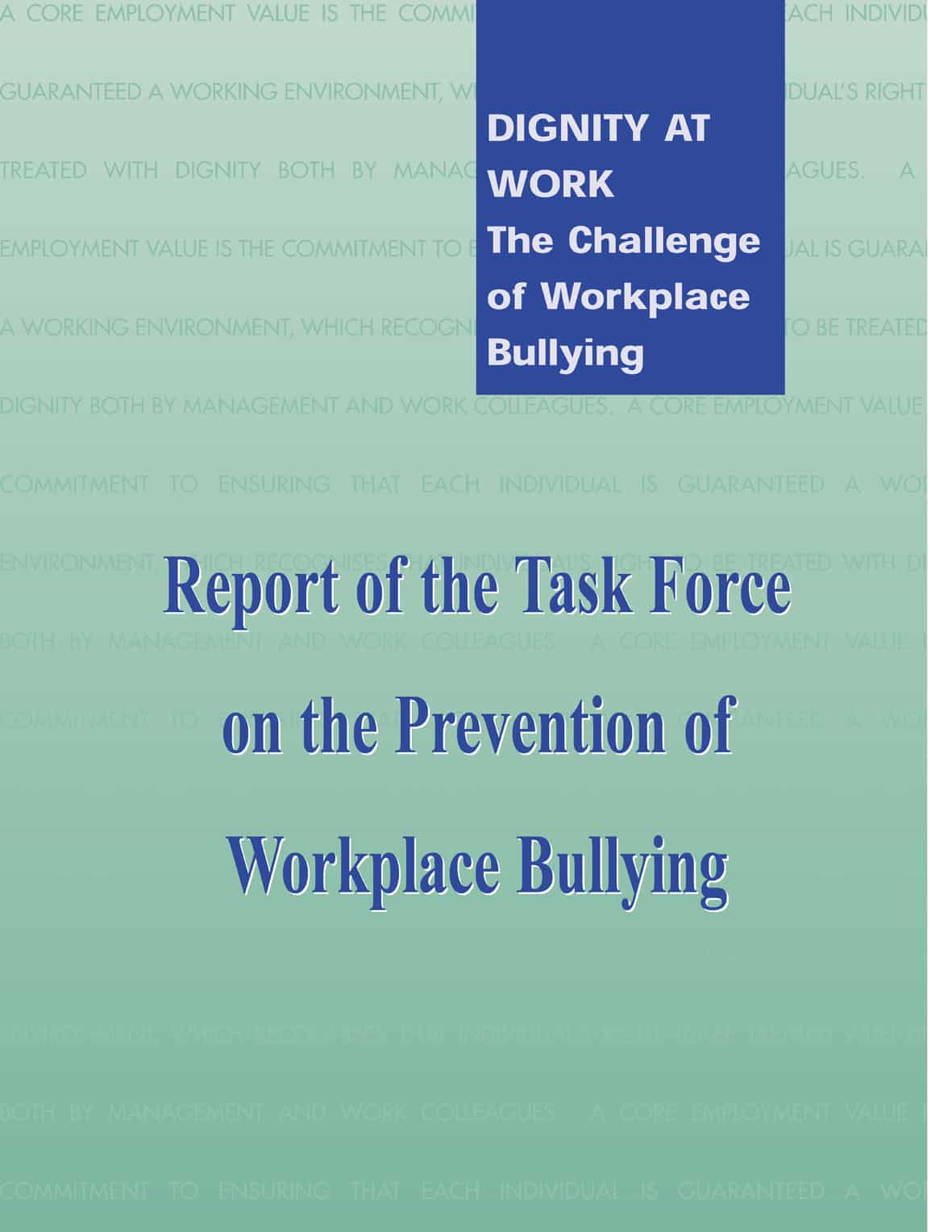Australian newspapers reported that Victoria Police will be applying fitness criteria not only to police recruits but throughout their career. Other than giving headline writers the chance for puns about “thin blue lines”, the coverage raises the long existing issue over fit-for-duty.
Workplace health and fitness is not a new issue of Victoria Police. It used Body Mass Index as an assessment criteria in 2009 and has politely motivated police to increase their fitness for years. Other emergency services, such as the fire brigades, have had gyms and other programs but the nature of the industry allowed for stations that incorporated living and exercise facilities. Shift rosters and the patrol duties of police never allowed the same options.
Nor is this an Australian phenomenon. South Africa instigated a similar fitness regime in March 2010. In a terrific media grab, National Police Commissioner Bheki Cele is reported to have said:
“Police officers should be able to walk with their heads held high, their stomach in, and chest out – not the other way around….” Continue reading “Career fitness program for police has wider impacts”



 Through
Through